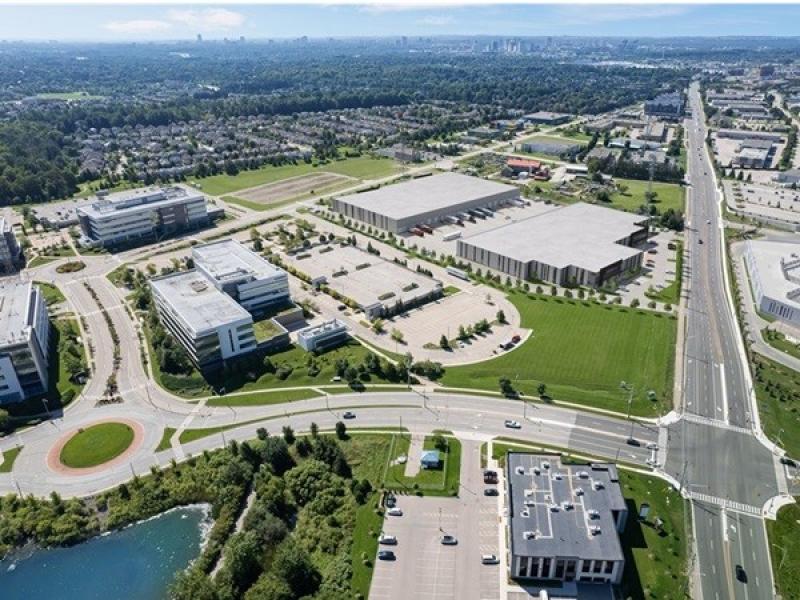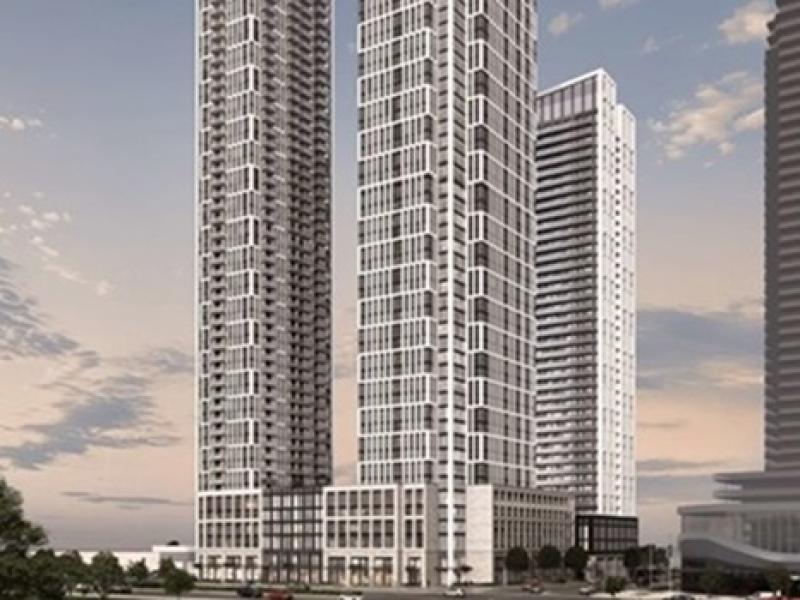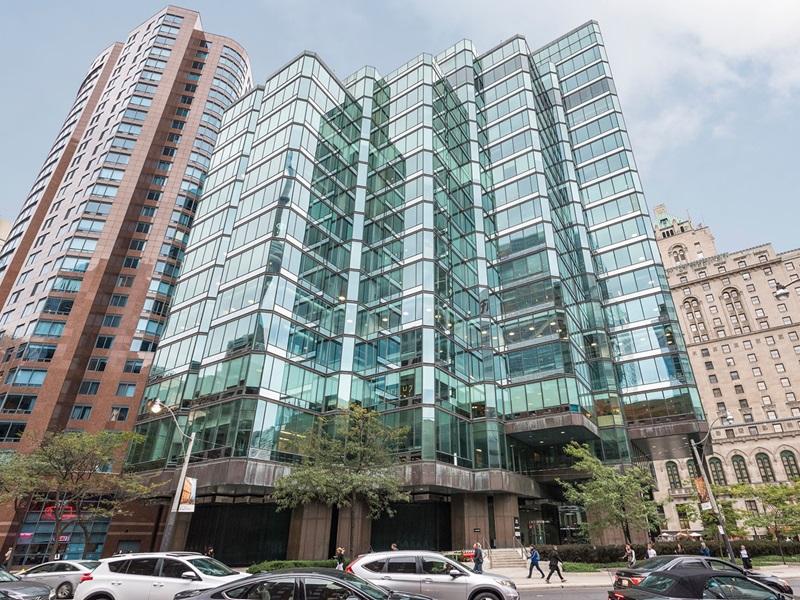
Postponed or cancelled condominium developments and other housing projects in Toronto and other major Canadian cities are both contributing to the country’s housing crisis and leading more people to move to and live in secondary markets.
“The biggest wave we're seeing in terms of product type is purpose-built rentals,” Justin Frenette, co-founder and chief executive officer of Him & Her, a Kitchener, Ont.-based creative agency for real estate and consumer goods brands, told RENX.
“Other than small stacked townhome projects, those are the only major projects coming to market where our portfolio is touching across Kitchener-Waterloo, Halifax, Windsor and several other markets,” the author of the new A Shift to Secondary Markets report observed.
“Obviously, with the HST and GST rebates, that's made them more economical.”
Some developers are looking to flip proposed condo projects to rentals, but that’s not easy if they don’t have experience in the asset class or the initial capital needed to finance apartment construction.
It’s especially difficult if they’re trying to do it in a city where they don't have development experience.
Developing in new markets
“If you're entering a new market, you really have to do your research to see who the established developers are and what's coming down the pipeline,” Frenette explained. “We really stress having a key local vendor in a secondary market to understand the market dynamics and what's happening in that market.”
Customer service is of prime importance with purpose-built rentals and it’s imperative for a landlord to maintain a good reputation in all of its buildings.
“You can't just cookie-cutter and throw up a rental building and they will come,” Frenette said. “If you really want success, the proper branding and product design and amenity base is what's needed.”
Rising development fees and delays with municipal approvals in moving projects forward are among the main causes impacting affordability, both for developers looking to build and people looking to buy housing, according to Frenette.
“With three-, six- or 12-month delays, your costs are going up, your quotes are no longer good and it’s such a moving target that it wreaks so much havoc,” he said.
Frenette thinks many municipal planning departments are outdated in their thinking and processes. Some are short-staffed, which is contributing to these delays.
“What's driving the secondary shift is, it's just way more feasible to build in secondary markets,” Frenette said. “I think approval times generally are better in secondary markets and many developers know that and have acquired land and will be able to stay competitive in the secondary markets.”
The attraction of secondary markets
With more people now working remotely, they can choose where they want to live. Many see advantages in smaller cities and the types of housing and lifestyles they can offer.
“I think your high-end luxury has a demographic that does well and I think your low-end affordable has a demographic,” Frenette said. “The middle is where there's a lot of duking it out and fighting, and location and amenities are what's going to differentiate that.”

Frenette cites the attractiveness of his home base of Kitchener-Waterloo, a region just west of the Greater Toronto Area which has a good range of educational institutions — from elementary schools to universities — an improving public transit system and a thriving cultural scene.
“People want room to raise their family, to slow down a little bit more, to get better access to parks and green space and community, and just a better lifestyle than a major downtown city would offer,” Frenette said.
Cities like Halifax, Edmonton and London, Ont. have lots of land available to build new housing and local governments that are enabling it to be built, Frenette added.
But as these secondary markets become more attractive, it seems almost inevitable that they’ll start to experience the same issues facing larger cities.
“In Kitchener-Waterloo you're feeling it because of the land lock,” Frenette said. “So now you're seeing your (smaller area towns) New Hamburgs, Badens and Stratfords. You're going half-an-hour outside of a secondary city to get that same availability.”
Development is a high-risk business
Even if development projects are green-lighted quickly, all the needed housing still can’t be built because there’s not enough skilled labour to do it. Contractors raise prices because they’re in demand when construction is booming, and that introduces affordability issues once again.
“I think the sentiment can be that developers are money-hungry and greedy but, from our experience, a variety of them are just trying to build viable products that make sense so that they can go on to build the next one,” Frenette said. “It's a high-risk business.
"You need enough margins to deal with the delays and the rising costs. I've heard construction costs have risen six to seven per cent a year, so if it takes you two or three more years to build it with delays, where's your margin? There's no margin.”
With more rental product expected to come to market, Frenette believes competition will increase and developers will be forced to build better-planned buildings and units aimed at what tenants in a particular community really need.










